Division for Heart Disease and Stroke Prevention At A Glance

CDC’s Division for Heart Disease and Stroke Prevention (DHDSP) supports programs that help millions of Americans control their high blood pressure and reduce other risk factors for heart disease and stroke, the first and fifth leading causes of death in the United States.
What We Do

The leading preventable risk factors for heart disease and stroke are high blood pressure, high LDL (bad) cholesterol, smoking, poor nutrition, physical inactivity, type 2 diabetes, and obesity. With an FY 2021 budget of $175 million, DHDSP works to reduce these risk factors, especially for groups affected by health disparities, which are differences in health across different geographic, racial, ethnic, and socioeconomic groups. To meet this goal, DHDSP:
- Measures how many Americans live with, are treated for, or die from heart disease and stroke.
- Shares findings on effective interventions to the public health and clinical communities.
- Funds and guides states, cities, tribes, and territories to use interventions to prevent and manage heart disease and stroke.
- Shares information to help all Americans understand the risk factors for heart disease and stroke and how to prevent and reduce them.
Why We Do It
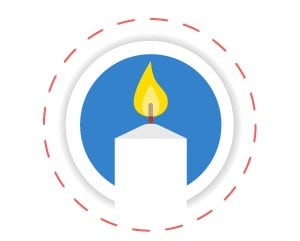
1 IN 3 DEATHS
or more than 877,500 people each year.
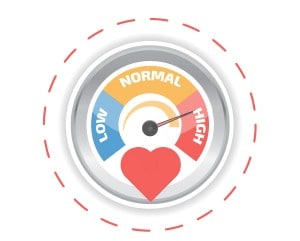
116 MILLION
people with high
blood pressure
(130/80 mm Hg or higher)
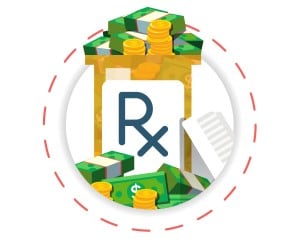
$216 BILLION
in health care
system costs each year

$147 BILLION
in lost productivity
from premature death each year
How We Do It
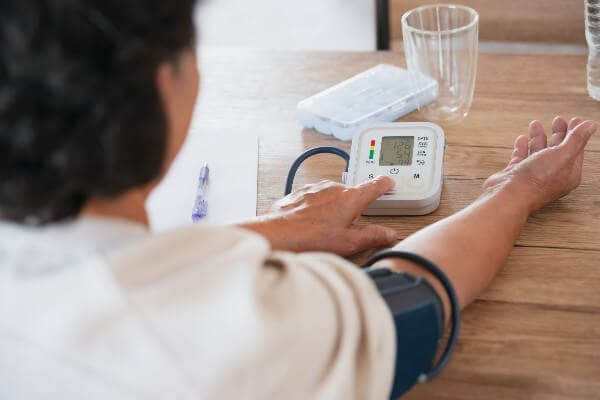
CDC funds heart disease and stroke prevention and management activities and interventions in states, local areas, tribes, and US territories through several cooperative agreements. In FY 2021, CDC awarded about $82 million to all 50 states, the District of Columbia, 12 tribes, 23 tribal-serving organizations, 5 large cities or counties, and 2 groups of city and county health departments to:
- Increase the use of electronic health records and other technology to identify people who have heart disease and stroke risk factors and make sure they get the right treatment.
- Expand the use of team-based care, in which doctors and nurses work with pharmacists, community health workers, and others outside of medical settings to manage a patient’s risk factors.
- Increase the number of people with high blood pressure who can check their own blood pressure regularly and share those measurements with their health care team.
- Refer people to effective lifestyle programs that can help them learn to be physically active and eat nutritious foods.
Examples of Our Impact
- In 2014, only 69% of patients in South Carolina health care systems who had high blood pressure were aware of their condition. The state worked with the Care Coordination Institute to increase the use of electronic health records to identify patients with undiagnosed high blood pressure and improve their treatment. Four years later, the percentage of patients who were aware of their high blood pressure had increased to 94%.
- Montana partnered with the state’s three largest health centers to use team-based care and self-management programs for patients with high blood pressure. As a result, blood pressure control rates at the three centers rose from 63.2% in 2014 to 73.1% in 2017.
CDC provides funding and guidance to nine states to collect and study data on the quality of acute stroke care through the Paul Coverdell National Acute Stroke Program. This information is used to identify gaps in care and generate solutions to improve outcomes.
CDC then works with funded states to improve care at every stage—from the first symptoms through ambulance transport, hospitalization, and discharge to home—and to increase awareness of the signs and symptoms of stroke.
Since the 1970s, death rates for cardiovascular disease have fallen by more than half, and stroke has dropped from the third to the fifth leading cause of death. Since 2005, the Coverdell Program has improved the quality of stroke care for more than 1 million stroke patients across 13 states and 794 hospitals.
Examples of Our Impact
- The percentage of patients who received intravenous tissue plasminogen activator (tPA) within the national standard of 60 minutes rose from 26.4% in 2008 to 68.2% in 2019 at hospitals participating in the Coverdell Program.
- In Ohio, the percentage of patients who received care that meets national guidelines rose from 19% to 83%. The percentage who received tPA within the national standard of 60 minutes rose from 21.9% in 2008 to 70.5% in 2017.

The WISEWOMAN (Well-Integrated Screening and Evaluation for WOMen Across the Nation) program works to reduce heart disease and stroke risk factors for women aged 40 to 64 with low incomes and little or no health insurance.
WISEWOMAN consists of 24 programs in 21 states and 3 tribal organizations that offer preventive health services to women who participate in the National Breast and Cervical Cancer Early Detection Program. It promotes a team-based approach to medical care, where patients and their doctors work with nurses, pharmacists, and community health workers.
The program’s preventive services include blood pressure, cholesterol, and diabetes screenings. Women are counseled about their risk of heart disease and stroke and referred to lifestyle programs and other community resources that can help them control their blood pressure, eat a healthier diet, be physically active, and quit smoking.
Examples of Our Impact
- From 2008 to 2018, WISEWOMAN provided 324,435 screenings to 226,461 women. In recent years, the program has mainly focused on referring women to services designed to help them make healthy lifestyle changes. Thanks to these efforts, participants have received 431,755 healthy behavior support services to help them reduce their risk of heart disease and stroke.
- From 2014 to 2018, the Utah WISEWOMAN program provided 17,435 heart disease and stroke risk factor screenings to 10,537 women. It also provided 41,405 healthy behavior support services. A total of 674 women who were previously undiagnosed learned that they had high blood pressure and were referred for treatment.
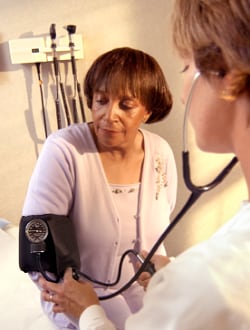
Million Hearts® is a national initiative co-led by CDC and the Centers for Medicare & Medicaid Services, with a goal of preventing 1 million heart attacks and strokes within 5 years. It focuses on a small set of priorities selected for their ability to reduce heart disease, stroke, and related conditions:
- Reduce tobacco use, physical inactivity, and exposure to air pollution.
- Improve the ABCS of cardiovascular health (Aspirin or Anticoagulant use as appropriate, Blood pressure control, Cholesterol management, Smoking cessation).
- Increase the use of cardiac rehabilitation among people who have had a qualifying cardiovascular event like a heart attack or coronary artery bypass surgery.
Million Hearts® 2027 recognizes that heart disease and stroke are more common in populations that have a hard time being healthy because of conditions where they live, learn, work, and play. In response, it has developed specific policies, processes, and practices to address these social determinants of health.
Examples of Our Impact
- Since 2012, the Million Hearts® Hypertension Control Challenge has recognized 133 health care practices and systems for helping at least 70% of their patients achieve blood pressure control. Since 2020, the Million Hearts® Hospitals and Health Systems Recognition Program has recognized four hospitals and health systems that have worked to systematically improve the cardiovascular health of their patients, employees, and the communities they serve.
- Community health centers participating in the Million Hearts®/National Association of Community Health Centers Preventing Heart Attacks and Strokes in Primary Care Project have identified over 13,000 adult patients with potentially undiagnosed high blood pressure. They have also helped about 23,000 Black patients with high blood pressure lower their systolic blood pressure by an average of 4.1 mm Hg and identified and begun outreach to about 15,000 patients who were eligible for statin use but not taking one.
The Challenge
The rate of death from high blood pressure has also been increasing among Black adults since 2010 and is twice that of White adults.
CDC’s Approach
DHDSP is making concrete commitments to advance health equity and reduce disparities by adopting two goals that will drive the division’s activities through 2024.
- Decrease racial disparities in high blood pressure control by improving control rates by 5% among Black adults by December 31, 2024.
- Address surveillance gaps by improving collection, monitoring, and use of data about potential drivers of health disparities by December 31, 2024.